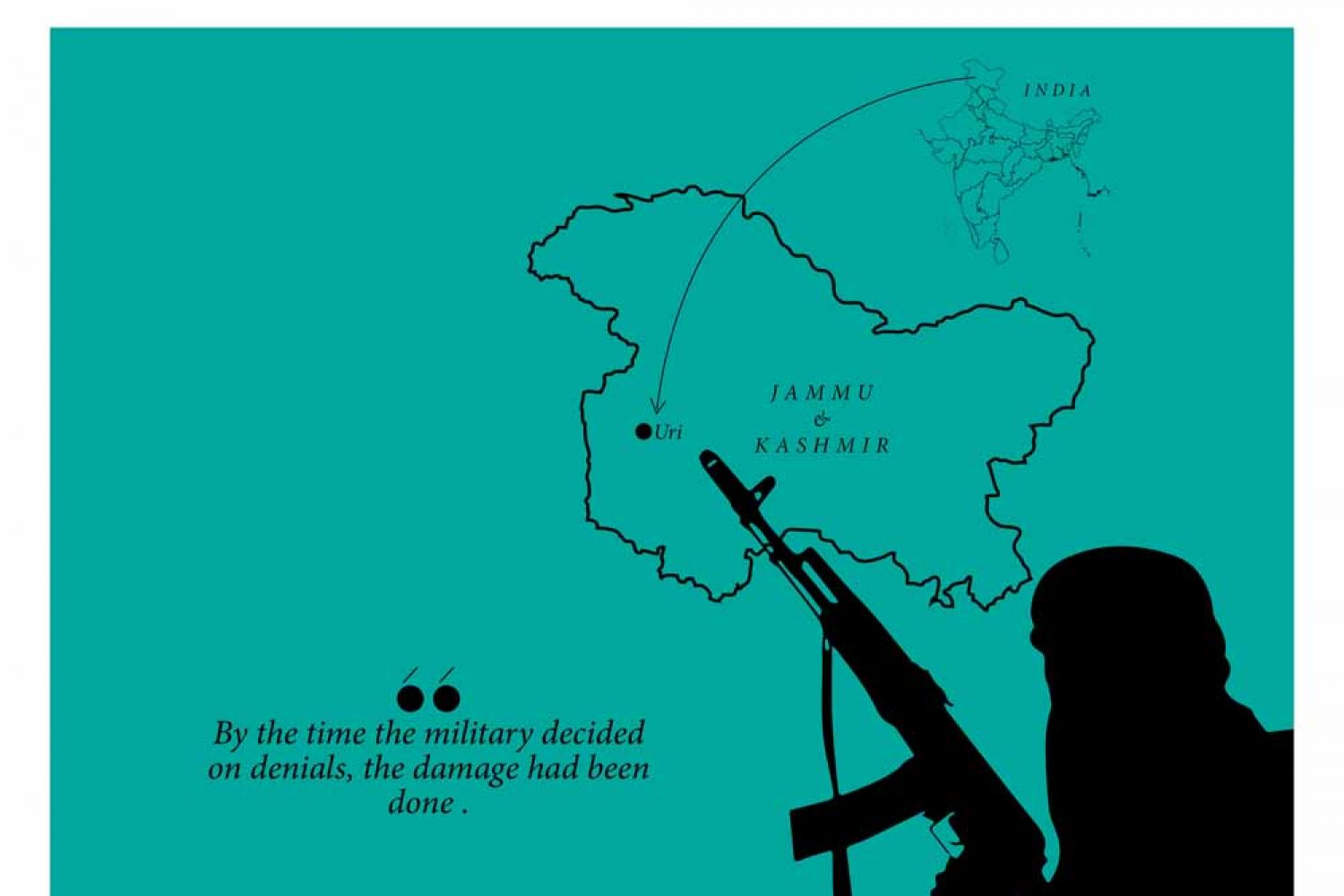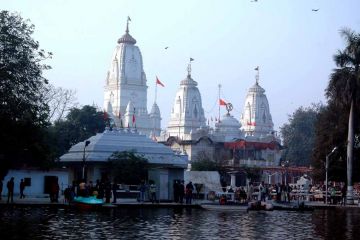
India’s
strength, endurance and indeed place in the world are on trial as never before
in its 70-year history since Independence. At the forefront of a changing
paradigm the grand strategy is to consistently challenge historical archetypes.
The reaction to the January 2016 Pathankot air base attack, for instance, was
“strategic-restraint-laden” in the old tradition. But the assault on the army
base camp at Uri in September 2016 provoked a very different response.
Throwing
old-sty
Continue reading “Changing track in changing times”
Read this story with a subscription.





